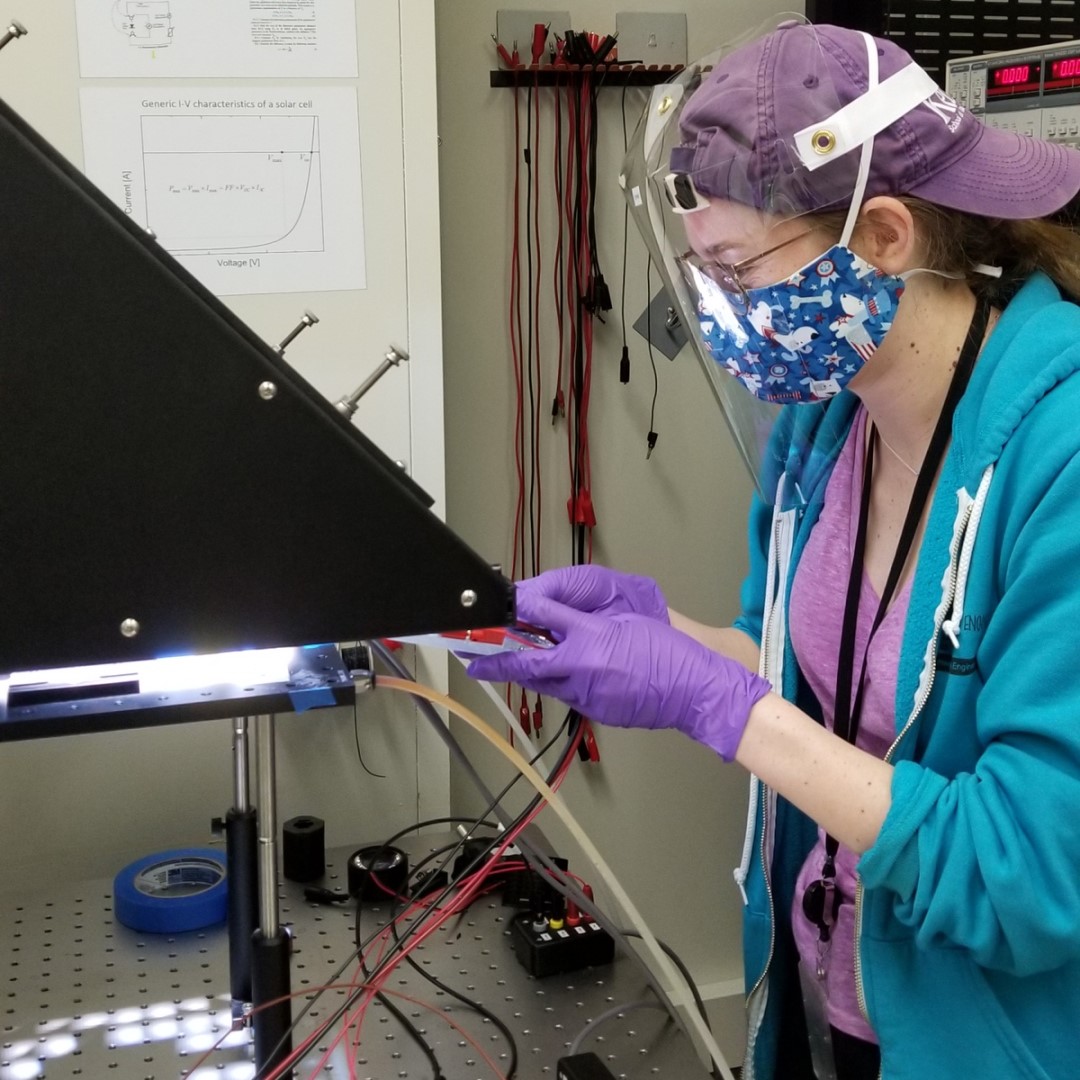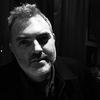Taking Measure
Just a Standard Blog

2020 has been a challenging year, but we at the National Institute of Standards and Technology (NIST) have worked as hard as we can to fulfill our mission for the American people: to promote U.S. innovation and industrial competitiveness by advancing measurement science, standards, and technology in ways that enhance economic security and improve our quality of life.
Since the beginning of the pandemic, our researchers have continued to publish their work, to (virtually) meet, and, to the extent that is safely possible, to continue their experiments on NIST’s campuses in Gaithersburg, Maryland; Boulder, Colorado; and Charleston, South Carolina.
We certainly missed seeing our colleagues at work and were disappointed that so many conferences had to be canceled or rescheduled for a later date. We are pleased, however, in how we’ve been able to serve the community through online meetings. We even held a virtual Summer Institute for Middle-School Science Teachers, teaching them lessons that they took back to their own virtual classrooms to share with their stay-at-home students.
We’re proud that we have been able to continue to contribute to the health and prosperity of the nation in these trying times. Please join us as we look back on what’s been happening at NIST this past year.
Fighting COVID-19
Just as NIST has risen to meet challenges to the country in times of war, NIST joined the scientific community in the battle against COVID-19. Some of NIST’s work that has been featured prominently has been that of mechanical engineer Matt Staymates, who set up a specialized camera system, called a schlieren camera, in his home workshop to visualize the movement of air when a person is wearing and not wearing a mask.
Read more about Matt’s work to show how face masks can slow the spread of disease.
Matt also did more controlled work with masks with exhalation valves, showing that the valves defeat the purpose of wearing a mask.
NIST researchers Christopher Zangmeister, James Radney and Jamie Weaver joined forces with Edward Vicenzi of the Smithsonian Institution’s Museum Conservation Institute to test face mask materials for both their ability to filter particles and their breathability.
NIST’s efforts weren’t limited to masks, of course. Our research engineers developed an online tool that can help building managers analyze airflow and filtration to minimize the spread of aerosols containing coronavirus in hospital rooms and other spaces.
Megan Cleveland described her work to help improve diagnostic tests for COVID-19, and what it’s like to work in the lab during a pandemic, in this video.
Learn more about how NIST is helping to make COVID-19 tests more sensitive.
Testing is nothing without tracing. Contact tracing is vital if we are to flatten the curve. There has been a large, multidisciplinary effort at NIST to supplement contact tracing by developing an exposure notification system.
And, finally, the tremendous outpouring of COVID-19 research has created a need for search engines that can crawl through and extract such data for this and potential future pandemics. Read researcher Ellen Voorhees’ perspective on her and her team’s work to help mine COVID-19 data.
NIST Releases Privacy Framework
Back in January, NIST released Version 1.0 of its Privacy Framework.
“Privacy is more important than ever in today’s digital age,” said Undersecretary of Commerce for Standards and Technology and NIST Director Walter G. Copan when introducing the framework. “The strong support the Privacy Framework’s development has already received demonstrates the critical need for tools to help organizations build products and services providing real value, while protecting people’s privacy.”
NIST’s Post-Quantum Cryptography Program Enters ‘Selection Round’
Future quantum computers won’t have a chance to crack encryption codes in banking and other areas of commerce if a NIST program has its way. Earlier this year, NIST researchers announced that they have narrowed the number of candidate algorithms for the first post-quantum encryption standard to the final 15.
#BlackInPhysics Week
Black in Physics Week (Oct. 25-31) is a celebration of Black physicists and their contributions, as well as an effort to redefine what a physicist looks like. In honor of this year's observance, we highlighted the stories of multiple researchers at NIST, including physicist Charles Gibson.
Operation Tech Transfer
NIST engineer Brian Weiss is on a mission to get his manufacturing technology out of the lab and into the hands of those in industry who can use it.
‘The Last Artifact’ Brings Metrology to TV
Funded in part by NIST (and starring a few NISTers as well!), a documentary film telling the story of the decades-long quest to redefine the kilogram appeared on numerous PBS stations this year. Read more about The Last Artifact.
Social Spotlight on Yamali Hernandez
Yamali Hernandez always wanted to work in an area that allowed her to constantly learn, solve interesting problems, and help people. She now pursues that goal at NIST as a team leader at the NIST Center for Neutron Research (NCNR). Yamali organizes reviews of proposals from researchers seeking to use our neutron measurement facilities, rivaled by only one other location in the nation, and then helps them prepare for their experiments. In a streamlined process, she ensures that the necessary equipment and laboratories are available and functional for the scheduled experiment.

Read more about Yamali on our LinkedIn page.
Studying the Long-Term Deterioration of Solar Panels
Solar panels face attacks on all sides, so NIST researchers are coming to their defense and studying the causes of failures.
In the lab, NIST postdoctoral researcher Stephanie Moffitt runs solar panel materials through an accelerated aging process so that she can compare changes at different stages 5-30 years down the line. Then, she analyzes the processes behind chemical leakages and backsheet cracking in order to determine exactly how the failures happen.


To see more NIST science, follow us on Instagram.
‘Paving the Way’ With Ellen Ryan

This year, we got to know Ellen Ryan, deputy division chief and team lead for the Open Innovation program with NIST’s Public Safety Communications Research (PSCR) division.
She describes her work this way: “I feel it’s my responsibility to clear challenges to allow people to focus on what they’re good at.”
The Kennedy Assassination Bullets
The assassination of President John F. Kennedy continues to be an area of research and public interest. The bullets that killed the president are themselves a subject of study. Because they are historically significant and need to be preserved, the opportunities for researchers to examine them are necessarily limited. Thus, NIST researchers stepped in to create exacting digital copies.
Get researcher Robert Thompson’s personal take on the work he did for this project.
For an up-close look at how the bullets were imaged, see our photo essay.
Final Thanks
We hope this shows that it’s been a productive year at NIST despite everything. We’d like to thank all our administrators, support staff, maintenance staff, emergency services staff, researchers and management for everything they did to keep NIST running, safe and relevant this year. And, of course, thank you to all the doctors, nurses, researchers, health administrators, logisticians and everyone else who has been in the fight against COVID-19. We are indebted to you.
See you next year!
About the author
Related posts
Comments
Thanks, Mike!
I am under the impression that NIST is researching in reading Brain scanning Sensors brain waves for example speech to text or reverse, I would like to Challenge technology and or Tech software guys to come out with a program reads brain waves to speech an speech understanding and perfect text Spelling Bluetooth and or WiFi if all possible with an with out internet use compatible with iPhone laptop computer






Congratulations Mark for giving us a year full of fascinating stories in the "Taking Measure" blog. I look forward to more great journeys into NIST science and technology in 2021!